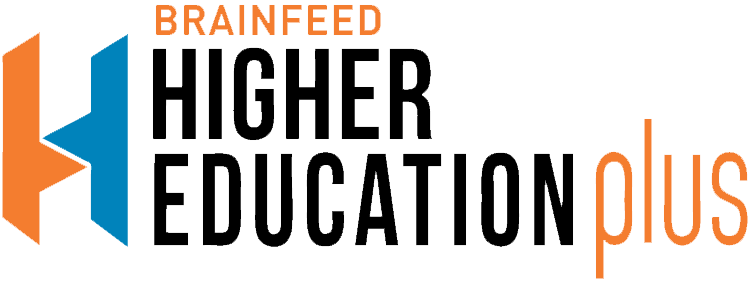Nanditha Krishna is a historian and environmentalist. She also runs many schools and a college
finally, after 34 years, we have a new National Education Policy (NEP), which must power the country into the new century. Fortunately, the ministry’s name will become Ministry of Education. Human Resource Development suggested corporate activity, not the education of young minds, though it remained Shiksha Mantralay in Hindi. Youth Affairs and Sports were later taken away from MHRD, leaving education alone. Call a spade a spade. The NEP is flexible, short and covers most aspects. But some challenges remain.
The new policy emphasises Early Childhood Care and Learning (ECCE) from 3+. But who will implement this? Children of poorer working mothers are, at best, sent to balwadis managed by ayahs. Who will convey the national curriculum and give them foundational literacy? There is talk of teacher recruitment, but nobody wants to work in a balwadi. Unless teachers are well paid and supported by ayahs, we cannot attract the best.
The NEP wants children educated in their mother tongue or regional language. But today’s generation is aspirational and wants their children to be educated in English. Nobody wants to go to government schools, even if they are free. Today, knowledge of English is essential to get a well-paying job, whether as a chauffeur or as a doctor. Each state and school will have to make a judicious choice of language. The introduction of any classical language is a welcome addition: English public schools teach Greek, although the British have no Greek DNA. Indian knowledge systems will also be integrated. We know more Shakespeare than Kalidasa or Tiruvalluvar, about Pasteur than Charaka.
Unfortunately, the 10+2 board exams have not been abolished. This pandemic has shown how unnecessary the 10th board exams are. Teenagers spend the four best years of their young lives preparing for the exams. The public exam at the tenth standard level was intended for those who wanted to branch off into vocational streams. But children continued into Standard XII, with its better assurance of a job. Ideally, there should be a single school leaving exam at Standard XII, with a certificate given at the tenth standard level. The one aspect that has been skimmed over is the role of the teacher. Apart from making the teacher’s training course a four-year Bachelor of Education degree, there is no effort to enhance the role of the teacher.
We should be attracting the brightest and best to take up teaching. To do that, we must give good salaries, build up teaching as a great profession and appoint the best teachers—young creative people who can inspire. Most of us were “made” by our teachers. Today, teaching in a government school has become the last option for a graduate: In many cases, those who do not get admission into medicine, engineering, etc., become teachers, based on caste and other considerations.
The Higher Education Policy aims to increase gross enrolment from 26.3% (2018) to 50% in 2035. The exit options are good—a certificate after Year 1, a diploma after Year 2 and a multidisciplinary degree after four years. College is the stage when young people drop out or change track. The NEP has envisioned the combination of sciences and humanities. This will undoubtedly improve the calibre of graduates, if they are permitted to study subjects of their choice rather than the rigid “combinations” imposed by colleges. I studied in Elphinstone College, Mumbai, in the ’70s, and wanted to take an odd combination of Ancient Indian Culture and French literature. Even the timetables clashed. I met Principal Rege and his answer was beautiful: If you are so keen on both subjects and think you can manage without attending all the classes, go right ahead, he said. I did and obtained a first class with distinction in both subjects. That is the encouragement a student needs.
The discontinuation of the M.Phil. degree was essential. The establishment of a National Research Foundation will “catalyse, expand and fund research”, and should have been done long ago. Currently India spends 3% of its GDP on education and ranks 62nd in total public expenditure on education per student. That amount will go up to 6%, but even that is not enough. If we want to become a “developed” nation, we must increase our allocation for education substantially.
Schools need to foster connection and shun discrimination
Dr Rajeev Sharma, former faculty at the IIM, Ahmedabad, has worked extensively in the field of education. In this interview,...
Read more























































